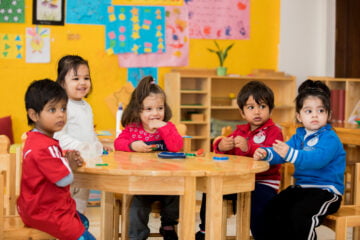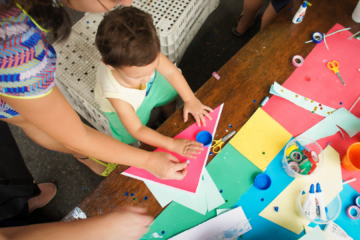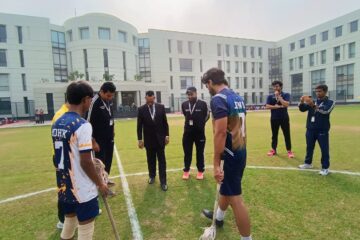In the 21st century, education stands at a crossroads, propelled by the rapid advancements in technology and the ever-evolving needs of a global society. As digital natives, today’s students are immersed in a world that is vastly different from that of previous generations. They are digital consumers, content creators, and collaborators, navigating a landscape shaped by connectivity and information abundance. In response to these seismic shifts, educational institutions are re-imagining their approaches to teaching and learning, seeking innovative methods to engage students and prepare them for success in an increasingly complex and interconnected world.
At the centre of this educational transition are IB board schools in India, which are known for their rigorous academic standards, emphasis on holistic development, and dedication to fostering global citizenship. A set of innovative teaching methods are embedded inside the International Baccalaureate (IB) curriculum framework, to harness the power of technology, promote inquiry-based learning, and cultivate critical thinking abilities required in the digital age. From blended learning and flipped classrooms to project-based learning and gamification, the curriculum of IB board school in India provides students with a dynamic and immersive educational experience that prepares them to be lifelong learners and active participants in a fast-changing society.
Blended Learning: Combining Conventional Pedagogy with Technology
Blended learning, a pedagogical concept that combines traditional in-person instruction with online learning activities and resources, is at the heart of the IB curriculum’s strategy for immersing students in the digital age. With multimedia elements like movies, interactive simulations, and digital textbooks in their classes, IB instructors can cater to a range of learning styles and maintain students’ attention in ways that traditional lectures cannot. Blended learning also allows students to take control of their education by allowing them to access course materials and other resources whenever it’s convenient for them.
Blended learning provides several advantages, chief among them the ability to customise instruction and provide focused assistance to learners who may want it. By employing technology, IB teachers may create engaging, dynamic learning environments that promote students’ deeper understanding and participation.
The Flipped Classroom Model: Encouraging Students to Take Charge of Their Own Education
Conventional teaching methods are being revolutionised by the flipped classroom concept, which reimagines the roles of teachers and students in the learning process. In a flipped classroom, after being introduced to the course material outside of class—typically through recorded lectures, online readings, or interactive multimedia materials—students spend class time working on group projects, participating in group discussions, and getting hands-on experience. This technique not only fosters deeper knowledge and critical thinking skills in students but also empowers them to take ownership of their learning as they apply principles in real-world situations.
The curriculum in an IB board school in India makes extensive use of the flipped classroom concept to promote inquiry-based learning and student-centred education. By flipping the traditional lecture-based style, IB teachers can boost the likelihood of meaningful student interaction and active learning.
Project-Based Learning: Encouraging Creative Thinking and Inquiry
Project-based learning (PBL) is a crucial part of the IB curriculum’s approach to pique students’ interest in the digital age. Unlike traditional rote memorization and passive learning, PBL strongly emphasises experiential learning activities that allow students to apply their knowledge and skills in real-world, genuine scenarios. When faced with difficult assignments like creating a multimedia presentation on global issues, researching environmental conservation, or creating a plan for sustainable urban development, PBL allows students the chance to collaborate, be creative, and practice critical thinking.
Inquiry, creativity, and interdisciplinary thinking are promoted in IB board classrooms through the use of project-based learning in the curriculum.
Customized Education: Adapting Instruction to Specific Requirements
The method of customizing instruction to each student’s unique needs, interests, and learning preferences is known as personalized learning, and it is how the IB curriculum achieves its strong emphasis on student-centered education. Teachers of an IB board school in India create customized learning plans that meet the needs of students with varying abilities and skill levels by utilizing technological tools like learning analytics, artificial intelligence, and adaptive learning software. Whether it’s adjusting course materials to accommodate different learning styles, offering advanced learners enrichment opportunities, or providing targeted remediation for struggling students, personalized learning ensures that every student receives the support and resources they need to succeed.


